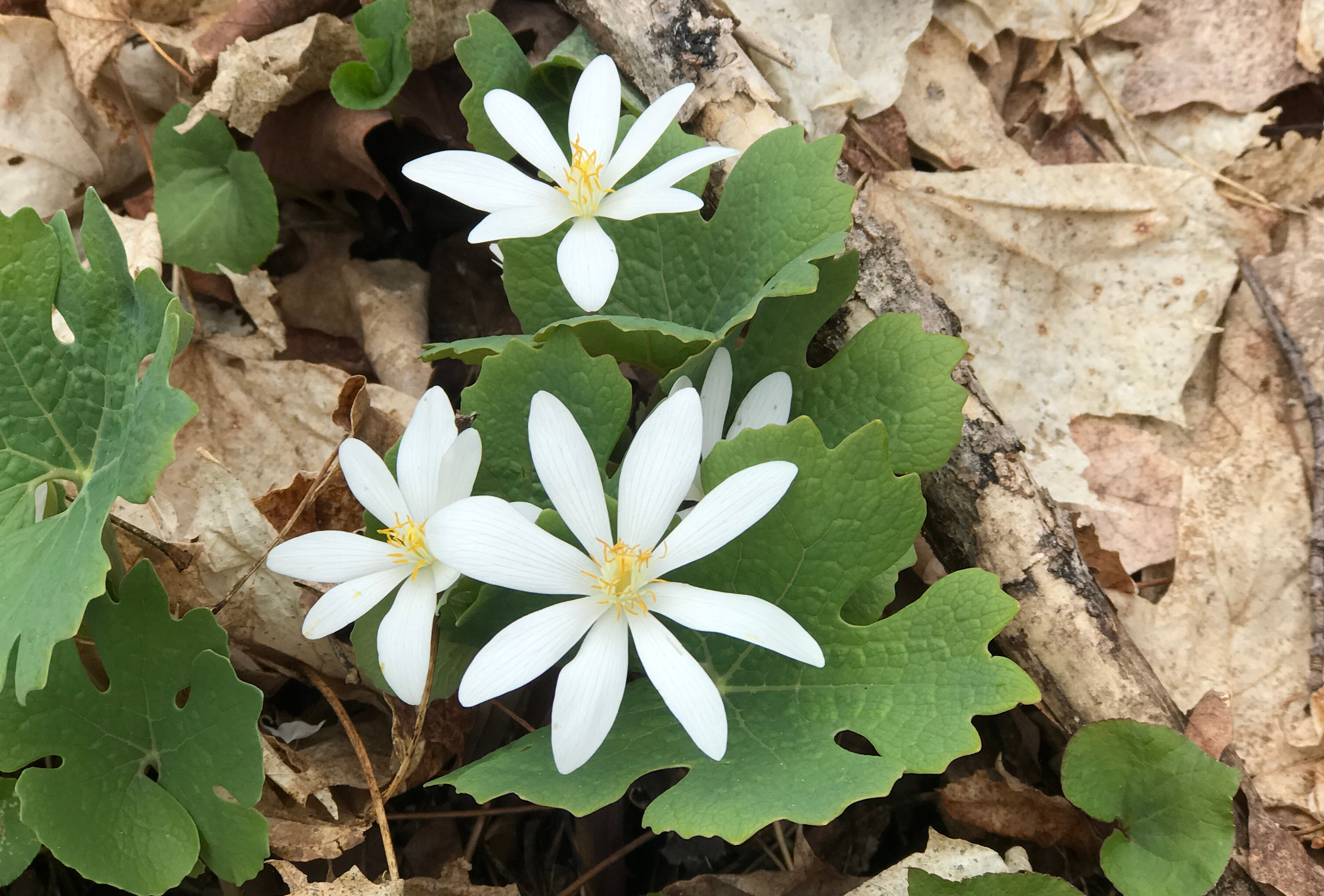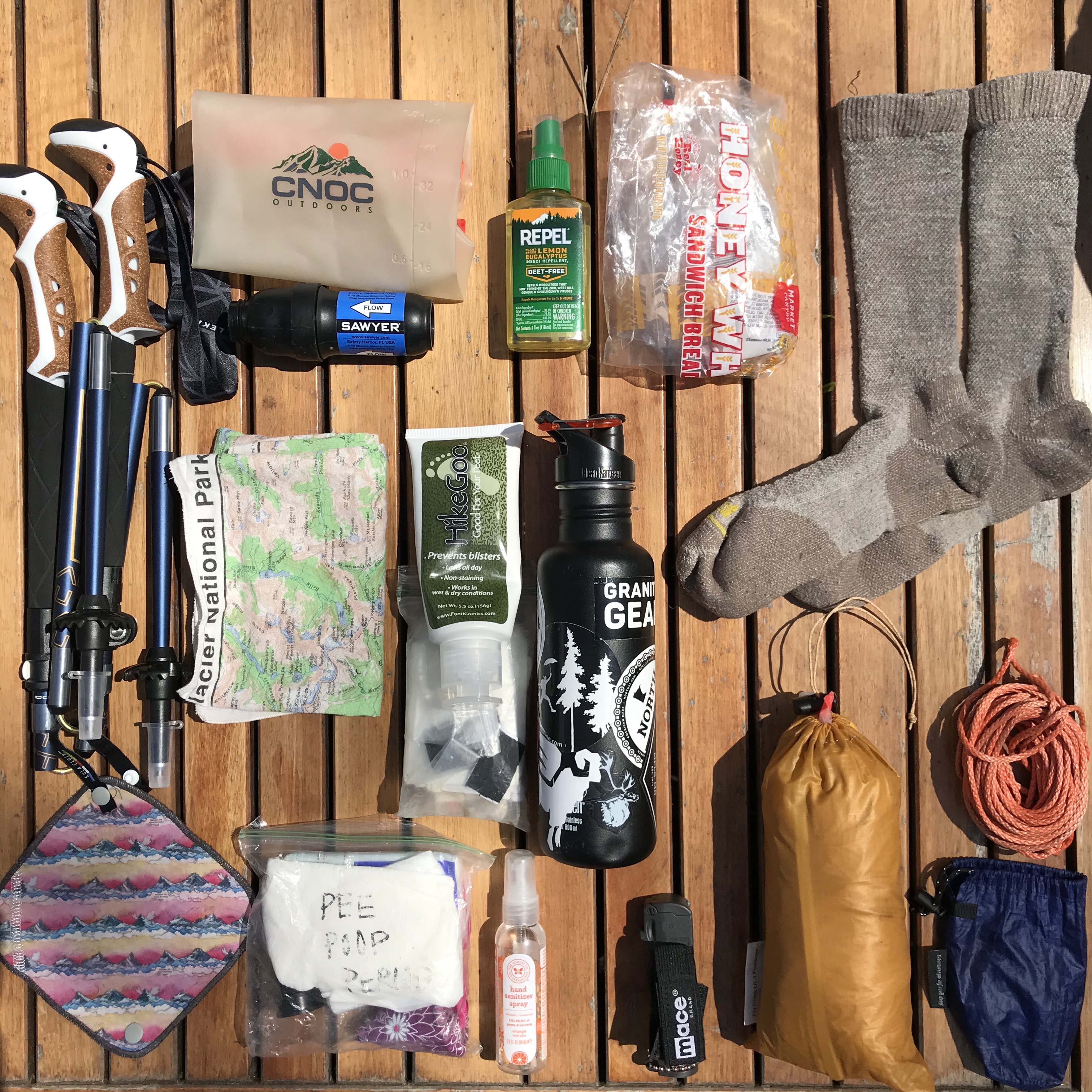Wandering Pine is reader-supported. When you buy through our links, we may earn an affiliate commission at no additional cost to you. Thank you! Learn more.
This week, a friend asked
“what’s the difference between a walk and a hike?”
I’ve heard this question before, but even now…when things seem to be changing on the daily…the answer is still the same
“Well, that’s up to you…”
When I signed up for my first 52 Hike Challenge, in 2017, my personal definition of a hike was “at least 3 miles and mostly on dirt”. I made a few exceptions, but didn’t count neighborhood walks with the dog or shorter distances. I made these rules to challenge myself to build a routine of hiking once a week for a whole year. It worked for me. I completed the 52 Hike Challenge 3 years in a row, doubling it in 2019.
 Plan B
Plan B
Enter the COVID-19 pandemic and Safer At Home Order: My line between neighborhood saunter and hike has blurred into a daily activity that has left me wondering why I ever compartmentalized them in the first place. Now it’s all about getting outside and exploring the nooks and crannies of nature wherever I can find it.
My Boundary Waters, Kekakabic, North Country Trail, Idaho and bikepacking trips are likely postponed until further notice. Like everyone else, I’m just taking it day by day and looking forward to when we can return to the trail. In the meantime, this is a GREAT time to brush up on the basics, bury your nose in a map and find creative ways to find adventure!
 Hike Your Own Hike – but challenge yourself
Hike Your Own Hike – but challenge yourself
I was telling another hiking buddy yesterday that I have been teaching Scouts the Hiking Merit Badge online and she said she wanted to earn it too! Unfortunately, you can only officially earn a merit badge if you are a scout…but why not use the framework to learn a thing or two and work your way towards a 20 miler? Here’s my disclaimer: you CAN’T earn the hiking merit badge by reading this post, ok? BUT, you CAN gain confidence and have the satisfaction of knowing you mastered skills that you can carry with you for miles. So, check it out!
Before You Go
Before you venture out, make sure that you know your state’s current travel guidelines, have some basic knowledge of risks you could encounter on the trail, and how to avoid/treat them (see the Hiking Merit Badge requirements for a place to start). It’s tempting (and fun!) to run out and buy the latest gear. But, cool gear shouldn’t replace skills and proper physical conditioning.
Leave No Trace Ethics are the standard guidelines for stewardship of the outdoors. Understanding your impact and making sure that you know how to take care of the land you are recreating on, before you head out, ensures that others can enjoy it for future generations.
Leave No Trace Ethics
- Plan ahead and Prepare
- Travel and camp on durable surfaces
- Dispose of waste properly
- Leave what you find
- Minimize campfire impacts
- Respect wildlife
- Be considerate of other visitors
More amazing resources can be found on LNT.org
Have a Plan and Be Prepared
Before you head out, make sure you know the trail conditions, weather you may encounter and have a plan of where you will be hiking. Best practice is to tell someone where you are going and when you will be back. Even on short trips. And don’t forget your 10 Essentials!
What to Bring
You don’t have to rush out and spend a ton of money on gear (unless you want to). For most hikes, you can start out with any old backpack in your house, a home-made 10 essentials kit, sneakers and re-purposed water bottle. Should you decide to upgrade your gear on a budget, check out used gear sites and one of my most popular blog posts on 10 tips for scoring at an REI garage sale.
 Here are a few more things I like to have on a hike in addition to my 10 essentials (left to right, top to bottom). This list is not exhaustive and I add or remove items as conditions warrant.
Here are a few more things I like to have on a hike in addition to my 10 essentials (left to right, top to bottom). This list is not exhaustive and I add or remove items as conditions warrant.
- Trekking Poles
- Water Bladder and Filter
- Bug Repellant (see my bug post)
- Plastic Bag – multipurpose/cleaning up the trail
- Extra Socks
- Bandana
- Hike Goo & Blister First Aid Kit in easy access pocket
- Extra water bottle (depending on conditions and availability)
- Kula Cloth – Reusable Pee Cloth
- Bathroom/Hygeine kit
- Hand Sanitizer/Alcohol
- Pepper Spray/Mace
- Ultralight Tarp or Garbage Bag (shelter)
- Lightweight rope
Please follow your current State and Local guidelines for recreating in the outdoors, but one more item that I bring is a little kit with gloves, alcohol wipes or spray and a mask in case I need them. Also, be prepared for water source and bathroom closures.
Pick a Spot
One of my very first blog posts was on how to get started, with links to my favorite local trails. There are so many wonderful places to explore locally, including smaller parks and cemeteries! If you are looking for a trail in Minnesota, you can check out the Find a Hike button on this page, connect with local hiking groups like Women Who Hike or Rovers on Facebook and check out apps like All Trails to review the trails and find one that works for you.
GO OUTSIDE!
I hope you found these tips helpful during this time where hiking may look a little different. I always love hearing what you are up to, so feel free to share anything else that’s working for you in the comments. And if you liked what you read, feel free to like, share, and drop me a lil note.
I’m off to work in the garden again today. We expanded it this year, which means more weeding… but more veggies!
Happy Trails, wherever you may roam
~WP




Hike vs walk have truly been redefined. Before Covid I classified a hike a place cars can’t go. Now a hike is anywhere I can get outside safely. Great post.
Hi Linda! Its kind of liberating to let go of definitions and just focus on finding joy in the experience of being outside. The trail awaits!